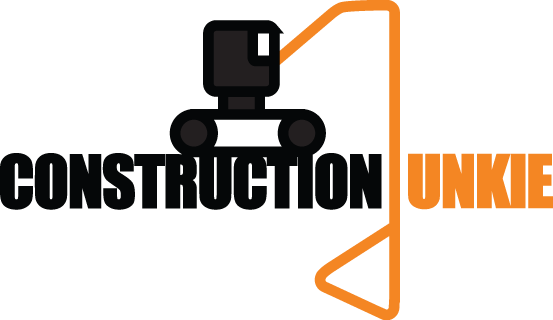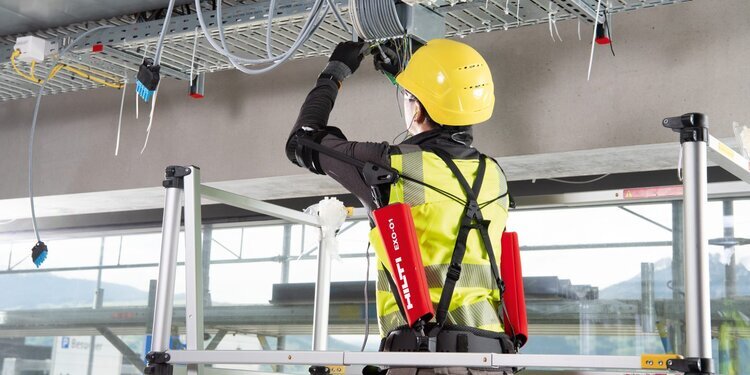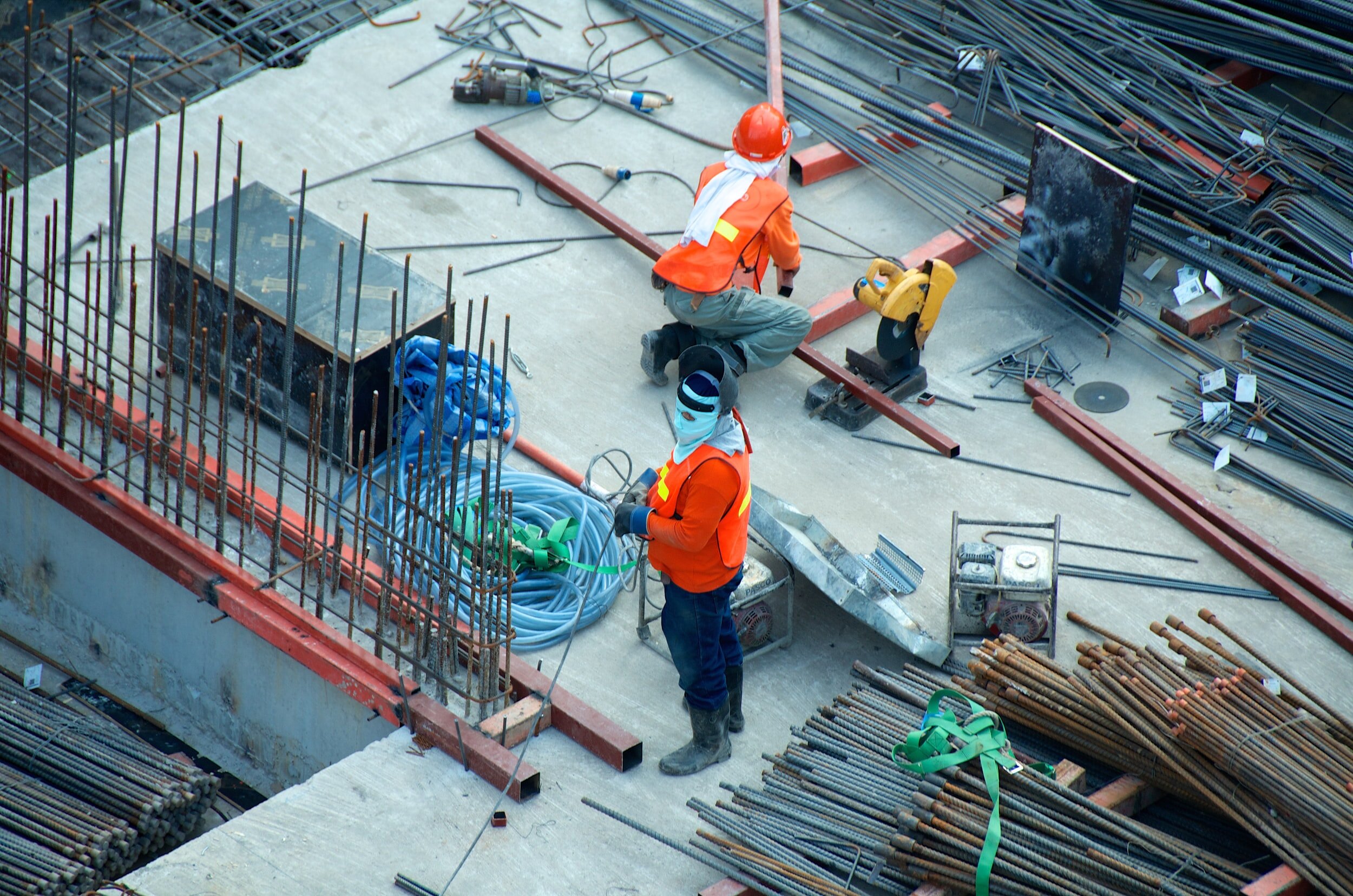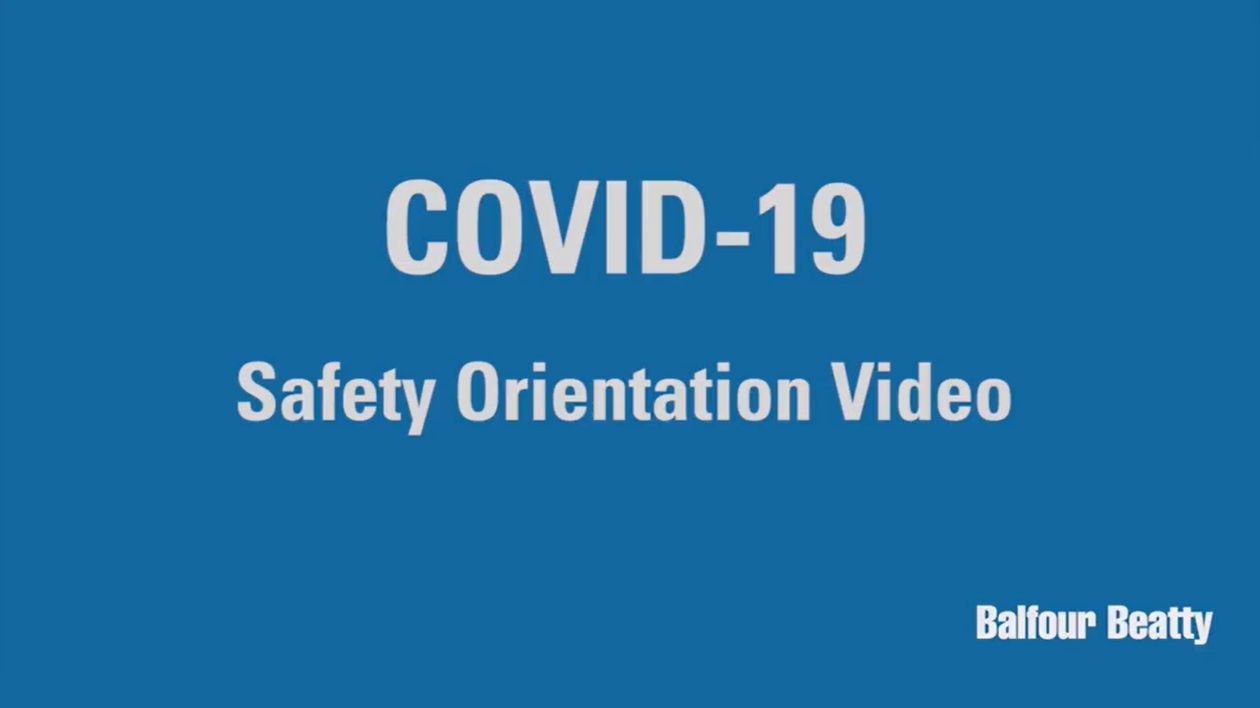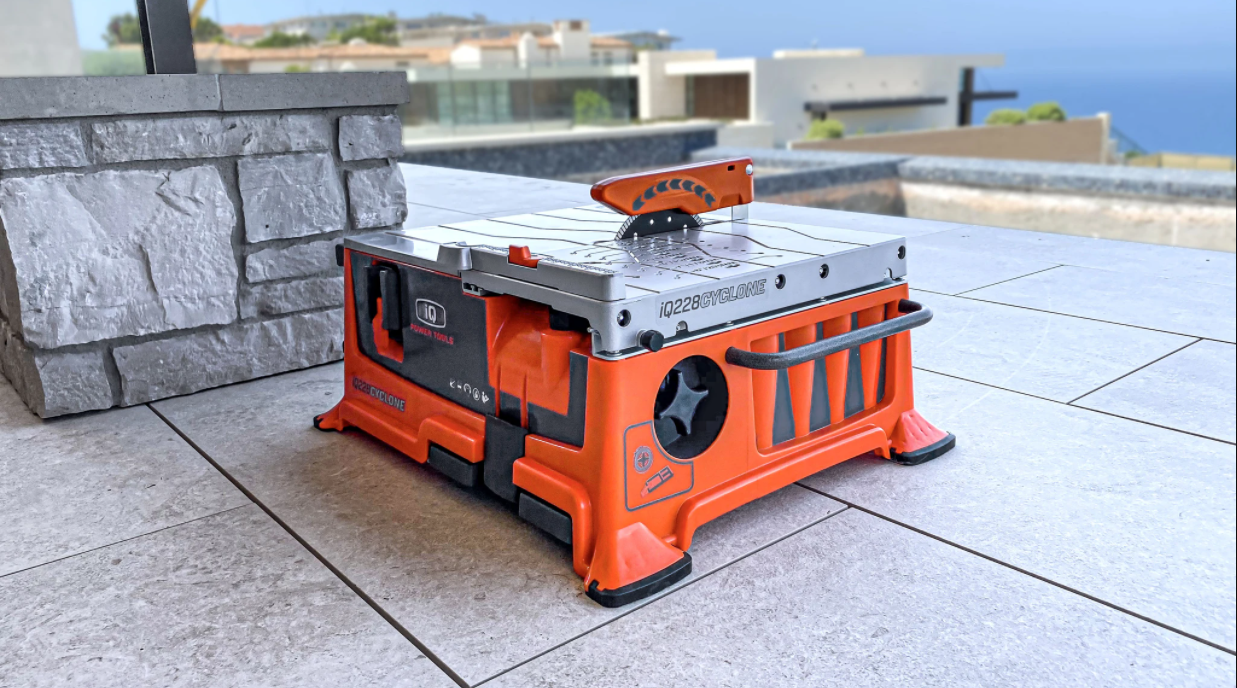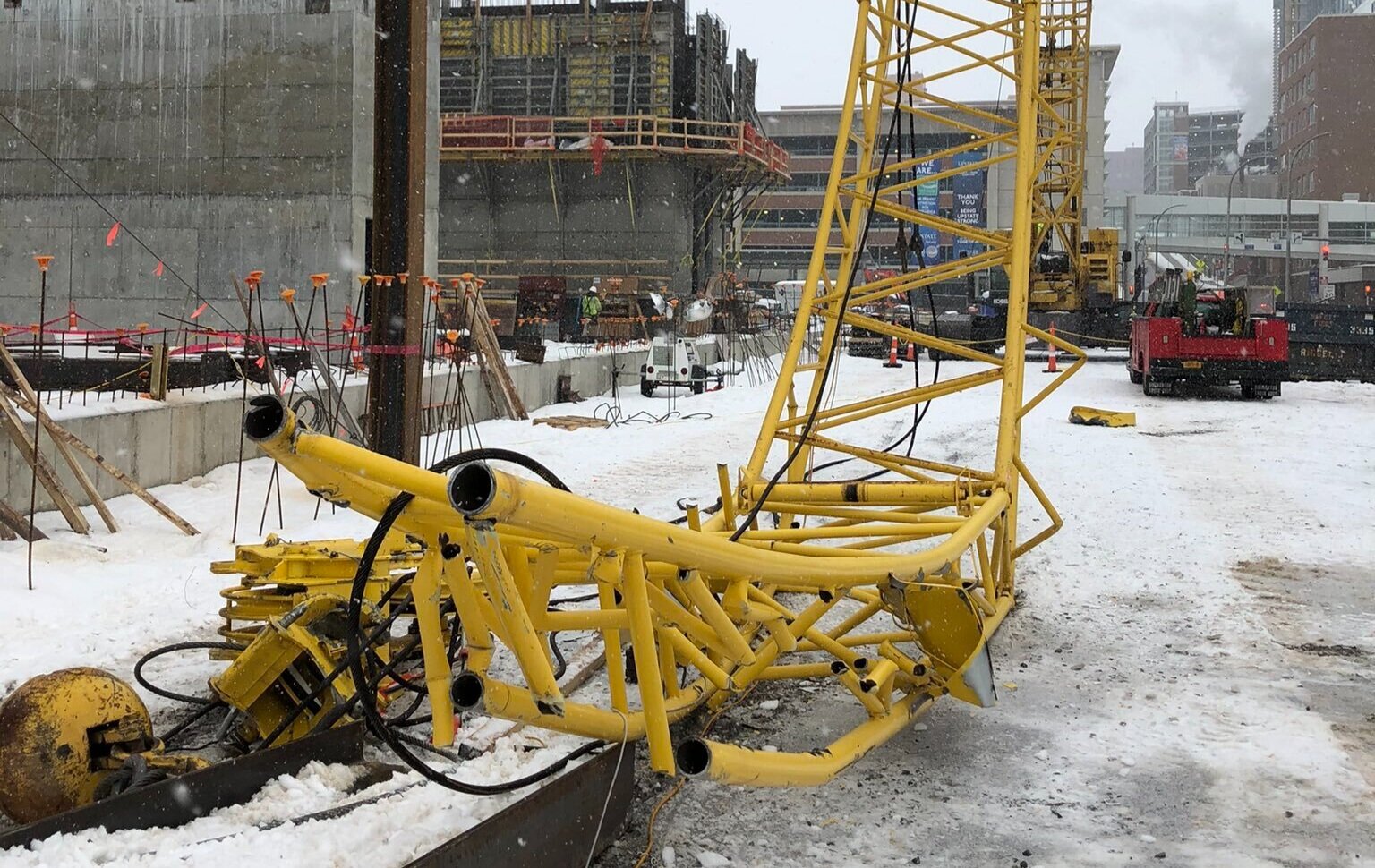Properly shoring trenches require a lot of extra room, time and money on job sites. Because of that, many contractors try to cut corners and skip the shoring, but doing so can have fatal consequences. We recently wrote about trench safety and a neat tool that makes it very easy, which you can find here.

Back in January of 2012, 36 year old day laborer, Raul Zapata, was installing a concrete foundation at a residential construction site in California. The 12 foot deep trench collapsed, burying him alive. Rescue workers could not get to the site quick enough and he died on the scene.
The fact that Zapata’s employer, US Sino Investment, ignored trench safety and ended up resulting in a death is a tragedy. Even more of a tragedy is the fact that just 3 days prior, a Milipitas, California building inspector had the site shut down due to improper shoring on the very save excavation. Not only did the employer fail to provide a safe work environment to begin with, it also ignored safety after they were called out by the building inspector. That’s negligence and it should never be tolerated.
Cal/OSHA, a division of Department of Industrial Relations, takes employer negligence very seriously, stating, “When our investigations uncover negligent behavior by employers, we exercise our full jurisdiction to protect workers – including referrals to district attorneys for prosecution."
During their investigation after the death, Cal/OSHA determined that, at the time of the accident:
No employees were wearing head protection
The excavation had not been properly shored
The employer did not have a competent person on site to make sure shoring was correct
The employer did not have workers’ compensation insurance
In total, US Sino Investment, was penalized $168,175 in citations. Last Friday, Cal/OSHA’s criminal investigation of US Sino Investment owner Richard Liu and Project Manager Dan Luo were responsible for the death and were sentenced to two years in prison for involuntary manslaughter.
It’s a sobering thought knowing that owners and project managers can be sentenced to prison for accidents on the job site, that’s why it’s so important to create a culture of safety within the entire company.
Cal/OSHA Criminal Investigation of Worker’s Death Results in Prison Term for Construction Company Owner and Project Manager | Department of Industrial Relations
Last summer, Hilti announced that they had developed their first exoskeleton designed for construction tradespeople in a partnership with Ottobuck, a prosthetics, orthotics, and exoskeleton provider. Earlier this month, Hilti officially released the exoskeleton, announced more details, and published its retail price on their website.
[guest post] It’s a morbid statistic, but the construction industry experiences more workplace deaths than any other. With so many potential hazards, heavy-duty machinery, and power tools, it’s perhaps not surprising that serious accidents are relatively commonplace.
Even though we’re over a year into the COVID-19 pandemic, the virus is still threatening the health of construction’s workers and taking a toll on project timelines. It’s likely that your company has already determined the best course of action to help mitigate the risk of spreading the virus on your jobsites, but it’s never too late to learn from another contractor.
It’s been a little over a year since the coronavirus pandemic sent the entire world into a period of uncertainty, heartache, and panic. The construction industry itself has undertaken many different challenges, above and beyond keeping their people safe on the jobsite, many of which no one could have expected.
“You make a better door than a window!” is what I imagine loader operators constantly yell at the bucket in front of them (or maybe I’m just projecting based on my experience of having the habit of sitting right in front of the TV as a kid). Either way, operators may not be yelling that in the future, as equipment manufacturer, Doosan, has introduced what they claim is an industry first “transparent” bucket.
Reducing dust when cutting tile is important for many reasons (including safety and cleanliness), but wet tile saws can be a pain to use, with the slurry created spraying all around the work station and cold weather making the saw much more difficult to use outside. iQ Power Tools has a solution for that: the world’s first 7” portable dry table saw with integrated dust control.
In the construction industry, falls from height are continuously the leading cause of jobsite injuries, fatalities, and, as a result, OSHA citations. From May 3-May 7, OSHA invites construction employers and stakeholders to take part in their 8th annual National Safety Stand Down to Prevent Falls in Construction.
On Tuesday morning, February 23, the Syracuse Fire Department responded to a call about a collapsed crane on a construction site near the university. Thankfully, no injuries were reported.
It seems a little odd to be talking about air-conditioning when much of the United States hit some incredibly low temperatures in recent days, but a product that I learned about recently is just too exciting to ignore. Announced at CES 2021, a research company has unveiled an air-conditioned hard hat (ACHH) that can reduce the ambient temperature up to 22 degrees Fahrenheit!
2020 was a challenging year in many respects, but none greater than from a safety standpoint. The coronavirus pandemic placed the notion of “people over profits” under the microscope, while also balancing the needs of their employees to continue to make an income under difficult circumstances. While the pandemic was a large part of the construction safety conversation last year, there were several other developments to take note of for your projects in the future.
